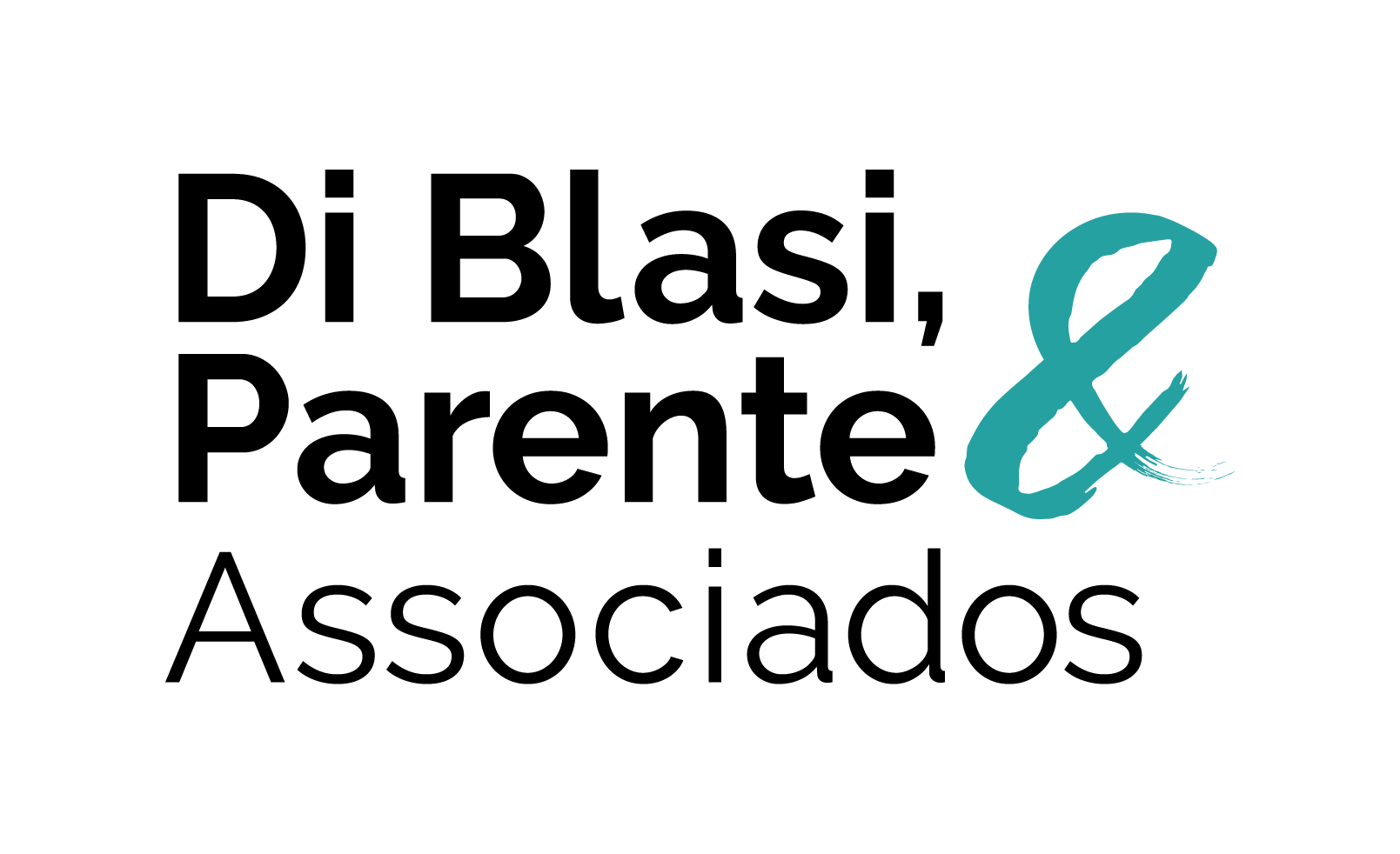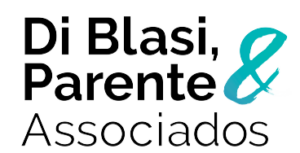The “Top Ten” Intellectual Property Stories of 2014 (Most “Definitely”)
I don’t think I can recall a more action-packed year for intellectual property law in my career, much less during the almost six years that I have been writing this blog. I am trying to write this while in transit, so there will be few footnotes or cites, but they are easy enough to find in my past posts, or online. I am not even sure that I outlined ten stories before I started typing, but here goes — in no particular order.
Saiba mais em: http://www.natlawreview.com/article/top-ten-intellectua
How long does patent and trademark prosecution take? (2014 edition)
At the end of each fiscal year, the USPTO releases a Performance and Accountability Report, which is loaded with data about patent and trademark allowance rates, average pendency, and other details. The USPTO recently released its Performance and Accountability Report for Fiscal Year 2014. This means that it’s time for IP Spotlight’s annual review of the question: “how long does it take to receive a patent or trademark registration?”
Saiba mais em: http://ipspotlight.com/2014/12/29/how-long-does-patent
Intellectual Property Plays Bigger Role in Korean Economic Growth
Intellectual property products (IPPs), which span research and development (R&D) as well as cultural entertainment, are playing a bigger role in the growth of Asia’s fourth-largest economy than during the 1970s, data showed on December 29.
Saiba mais em: http://koreabizwire.com/intellectual-property-plays
Las patentes caen por sexto año consecutivo en España, con un retroceso estimado del 5,5%
Las patentes caen por sexto año consecutivo en España, con un descenso que podría llegar al 5,5% si la Oficina Española de Patentes y Marcas (OEPM) confirma la tendencia a la baja registrada hasta noviembre, según la firma Isern Patentes y Marcas.
Saiba mais em: https://es.finance.yahoo.com/noticias/patentes-caen
Suven Life surges on securing three product patents
The product patent from Eurasia (020227), one product patent from Japan (5540099) and one product patent from Mexico (319429) corresponding to the New Chemical Entities for the treatment of disorders associated with neurodegenerative diseases and these patents are valid through 2029, the company said in a release today.
Saiba mais em: http://www.business-standard.com/article
Apple, Delaware North, Sony, Microsoft: Intellectual Property
Apple Inc. (AAPL), maker of the iPhone and iPod, received a patent on a technology that would enable streaming content from a television set to a portable device.
Patent 8,918,822, which was issued Dec. 23, covers what Apple says is “displaying a synchronized instance of content on a portable electronic device.”
Saiba mais em: http://www.bloomberg.com/news/2014-12-29/apple
Intel Patent Apps Show Security Focus with Real-Time Facial Detection and Radio Frequency Tracking
Intel is a regular feature on the Companies We Follow series and the U.S. Patent and Trademark Office has lately published an assortment of intriguing patent applications assigned to the company. It’s no wonder that a developer and manufacturer of semiconductor chipsets, especially an industry leading one such as Intel, would be responsible for a diverse array of innovation. The company supports an inventive nature in its employees as well as students and outside developers through events like the Intel Maker Expo, which offers participants from all of these groups the chance to showcase inventions which utilize Intel development boards and other products. Intel is also currently sponsoring the Make It Wearable Challenge, a contest offering $500,000 to the winning wearable idea; no winner is announced on Intel’s page yet, although the site says that an announcement should have been made in early November.
Saiba mais em: http://www.ipwatchdog.com/2014/12/29/intel-paten
The need for homebuilder vigilance about copyrights
Are homebuilders as vigilant as they should be in protecting their intellectual property rights — including the copyrights that qualifying architectural drawings and structures receive automatically as a matter of law, even if a person or company does not formally register for a copyright? Conversely, are builders as careful as they should be to avoid infringing on the copyrighted drawings and structures of others? These questions are brought to mind because so many of us tend to associate copyrights with books, movies, plays and many other kinds of “creative” works … but not necessarily architecture. But copyright protection does exist for non-standard, “creative” aspects of designs and buildings.
Saiba mais em: http://www.lexology.com/library/detail.aspx?


